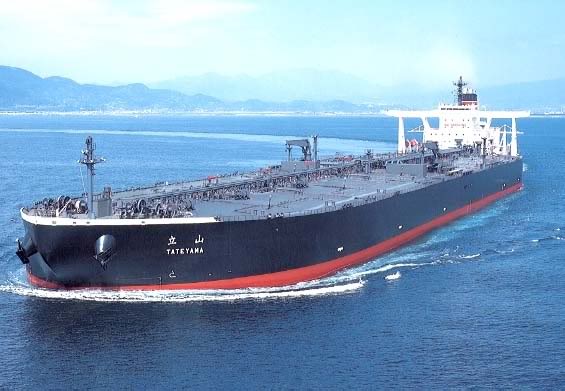
Poten & Partners latest weekly report looks at India’s effect on the tanker trades. Noting how some analysts believe India’s development has characteristics that are similar to those of China 10-15 years ag, Poten reminded readers China’s oil demand experienced a compound annual growth rate of 7.75% between 2000 and 2005.
“If India were to start growing at those rates, this would provide a significant boost to both oil and shipping markets,” Poten noted.
India’s demand for oil products by grew 9% during 2015, which equates to a rise of 318,000 barrels per day, with gasoline being the most sought after with an annual rise of 16%.
Initial data for 2016 seems to indicate a continuation of India’s growth momentum. For 2016, Indian oil demand is forecast to grow by 300,000 b/d, while an additional 80,000 b/d will be added to the Strategic Petroleum Reserves. With domestic production reducing by 40,000 b/d, this will raise overall crude oil imports to above 4 mb/d. India is now the world’s third largest importer of crude oil after the United States and China.
In terms of ton-mile demand, Poten pointed out that India traditionally imported the majority of its crude oil from short-haul sources in the Middle East. However, recently it has began to change course, looking to diversify its sources of supply. For instance, tanker owners are very happy that India has increased its imports from countries in West Africa, Venezuela in Latin America, while also, small volumes from Mexico have all contributed to an increased ton-mile demand for crude tankers. Meanwhile, as recent developments have shown, post-nuclear sanctions in Iran will see India increasing crude imports from Iran, however, it’s still unknown which supplier will lose market share as a result.
Product tanker owners however are unlikely to share in the fuel growth with India building up a network of refineries.
